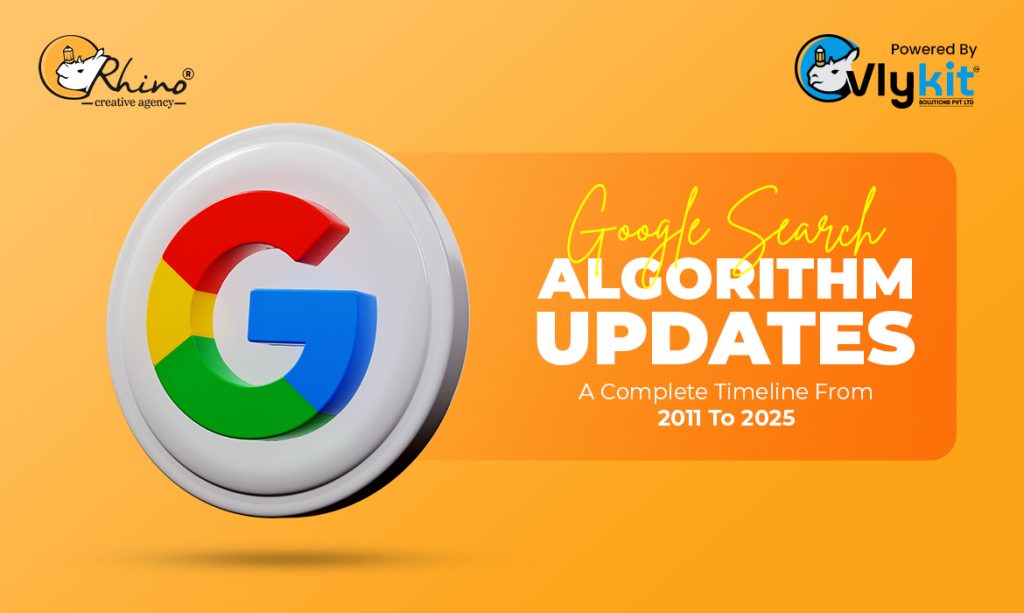In the constantly shifting landscape of digital marketing, keeping up with Google’s algorithm updates is essential for staying competitive. Over the last decade and a half, Google has introduced several transformative updates that have influenced how websites rank, how content is created, and how users engage with search results. Here’s a complete breakdown of each year’s significant updates from 2011 to 2025, complete with both quick highlights and detailed explanations.
2011 – Panda Update
Focus: Content Quality
Impact: Penalized thin, duplicate, or low-quality content.
The Panda update marked Google’s first major push toward rewarding high-quality content. Websites that relied heavily on keyword stuffing, copied material, or had pages with minimal value were severely hit. The update prioritized content that offered depth, originality, and usefulness to the reader.
Pro Tip: Focus on creating original, in-depth, and user-centric content that solves real problems.
2012 – Penguin Update
Focus: Link Quality
Impact: Targeted manipulative link-building. Penalized spammy and irrelevant links.
Penguin was Google’s way of cracking down on black-hat SEO tactics, especially those involving unnatural or spammy link profiles. Sites that engaged in excessive link exchanges, bought links, or participated in low-quality directories were penalized.
Pro Tip: Build organic, relevant backlinks from trusted sources through content value and relationships.
2013 – Hummingbird Update
Focus: Intent Understanding and Semantic Search
Impact: Enhanced Google’s ability to interpret conversational queries and user intent.
Hummingbird was a major overhaul of the entire search algorithm. It aimed to understand the meaning behind the words rather than just matching keywords. This laid the groundwork for voice search and natural language processing.
Pro Tip: Write content in a conversational tone. Answer real user questions with clarity and context.
2014 – Pigeon Update
Focus: Local Search Enhancement
Impact: Delivered more accurate results based on user location and local directories.
Pigeon improved the quality and relevance of local search results. Google began to treat local signals—like distance, location, and business directory presence—as primary ranking factors.
Pro Tip: Optimize your Google My Business listing and encourage local reviews. Keep NAP (Name, Address, Phone) consistent across directories.
2015 – RankBrain
Focus: AI-Based Relevance & User Intent
Impact: Used machine learning to refine results based on behaviour and context.
RankBrain introduced machine learning into the core algorithm. It helped Google interpret ambiguous search queries by analysing user engagement and patterns. The search engine began prioritizing relevance over keyword match.
Pro Tip: Optimize for user behaviour—engaging UX, bounce rates, dwell time, and content clarity matter more than ever.
2017 – Mobile-First Testing Begins
Focus: Mobile Experience
Impact: Google began indexing the mobile version of sites before desktop.
This shift acknowledged the growing dominance of mobile browsing. Websites that were not mobile-friendly saw a drop in visibility. Google started testing mobile-first indexing to reflect actual user behaviour.
Pro Tip: Make your website responsive and mobile-friendly with fast loading times and easy navigation.
2018 – Mobile-First Indexing + Medic Update
Focus: Mobile Optimization and YMYL Content
Impact: Mobile versions became default for indexing. YMYL (Your Money, Your Life) content came under stricter scrutiny.
Google made mobile-first indexing the norm. At the same time, the Medic update targeted websites offering advice on health, finance, and well-being, ensuring content came from credible, authoritative sources.
Pro Tip: Improve mobile speed and design. For YMYL niches, emphasize author credibility and trust signals.
2019 – BERT Update
Focus: Natural Language Understanding
Impact: Improved comprehension of context, especially in long-tail and voice queries.
BERT (Bidirectional Encoder Representations from Transformers) helped Google understand the subtle nuances in human language. It made search results more relevant by understanding prepositions and intent within context.
Pro Tip: Avoid keyword stuffing. Write like you speak—naturally and clearly.
2020 – Featured Snippets Evolution
Focus: Zero-Click Results and Direct Answers
Impact: Highlighted featured snippets more prominently; users got answers without clicking.
With the rise of voice search and smart assistants, Google focused on giving answers directly on the search page. Featured snippets became the new battleground for visibility.
Pro Tip: Use headers, bullets, and concise answers. Structure your content to answer “What,” “How,” and “Why” questions.
2021 – Passage Ranking + Core Web Vitals
Focus: Page Experience and Section-Based Ranking
Impact: Specific passages within content could rank; speed and UX became crucial.
Google began evaluating specific sections of content, making long-form pieces more competitive. Core Web Vitals introduced new benchmarks: loading speed, interactivity, and visual stability.
Pro Tip: Optimize for UX. Use strong headers and sub-headers. Improve loading times and reduce layout shifts.
2022 – Helpful Content Update
Focus: People-First Content
Impact: Penalized content created only for search engines.
This update aimed to improve content quality across the web by pushing down sites that relied on SEO hacks and generic AI content. It emphasized writing content that truly helps people.
Pro Tip: Focus on expertise and human insight. Avoid filler or shallow content.
2023 – March Core Update
Focus: High-Quality, Trustworthy Pages
Impact: Rewarded pages with depth, trust, and originality.
Google doubled down on trustworthy content. Pages with expert opinions, original research, and authentic voices climbed higher in rankings.
Pro Tip: Include real-life case studies, quotes, and original insights. Show your authority.
2024 – AI Content Evaluation
Focus: Human-First, AI-Supported Content
Impact: Penalized low-value AI-generated content. Rewarded thoughtful, human-created work.
As AI tools grew in popularity, Google began distinguishing between lazy auto-generated text and high-quality, assisted content. Human oversight became critical.
Pro Tip: Use AI for assistance, not replacement. Always review, personalize, and fact-check.
2025 – March Core Update + Google AI Mode
Focus: Spam Control, Mobile-First UX, Multimedia Content
Impact: Tighter control over spam and poor content. Rolled out AI Mode for enriched, interactive search results.
This landmark update took everything a step further, Google AI Mode began offering dynamic, visual-rich, AI-generated answers. Mobile UX and multimedia presence became non-negotiable.
Pro Tip: Combine blogs, videos, carousels, and FAQs. Think beyond keywords, aim for immersive content experiences.
What is the Search Generative Experience (SGE)?
Focus: AI-Driven, Conversational Search
Impact: Google now generates responses directly from AI—answers are conversational, dynamic, and visual.
SGE is revolutionizing the way users interact with search. Instead of just showing a list of results, Google creates summaries, insights, and answers on the spot. It’s like having a smart assistant built into the search bar.
Pro Tip: Use structured data, FAQs, visual elements, and concise summaries to become AI-ready.
Key Takeaways
- Content is king; context is queen.
- Mobile, speed, and UX are the new SEO pillars.
- AI is no longer optional—it’s part of how search works.
- Focus on clarity, trust, and usefulness in every piece of content.
Final Thoughts
The search landscape has changed dramatically since 2011, and it’s only accelerating. Each update in this timeline has one thing in common: improving the experience for the end user. That’s your north star too—create value, keep adapting, and never stop learning.

